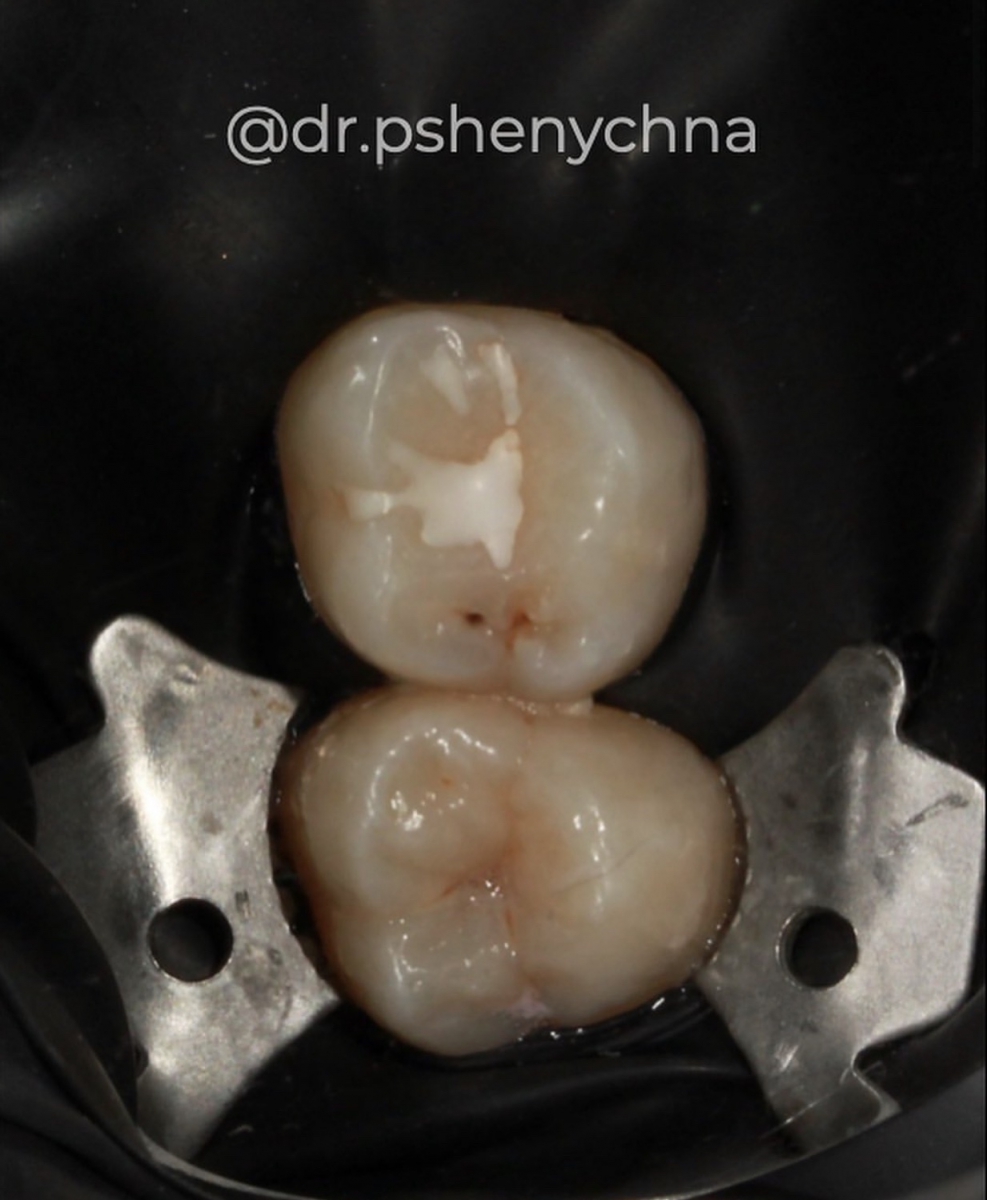м.Київ, проспект Валерія Лобановського 17, тел./факс.: (044) 273-34-33, тел.моб.: (050) 759-73-73
Salivary gland stones
Removal of salivary gland stones: trust only the qualified surgeons
Stones in salivary glands or its ducts is by far not so rare disease as it’s believed (according to statistics, about 1.3% of all population suffers from it). It’s necessary to undergo a special examination to confirm the diagnosis (MRT or computer tomography). The main symptoms of salivary stones.
The stones cause glandular obstruction that leads to the following phenomena:
-
Congestion of glandular secretion.
-
Inflammation in tissues.
-
Formation of environment for various infections.
-
Swelling followed by enlargement of salivary gland.
-
Quite severe pains.
When the diagnosis is confirmed, the stone removal surgery is a real necessity. It’s dangerous to ignore the treatment as it inevitably causes inflammatory complications.
Types of salivary gland stones removal surgery:
-
Stones can be located either in the body of submandibular salivary gland or its duct. Places of their location determine the complexity of the procedure.
-
Removing stones from the body of the salivary gland is a rather complicated surgery, but, despite the fact that it is performed intra-orally, it’s recommended to use general anesthesia.
-
If stones are located in the ducts of salivary glands, the procedure is less complicated and usually performed under local anesthesia.
-
In case stones appear again, more often it is recommended to remove the salivary gland. The surgery is performed only under anesthesia, and extra-oral approach is used to access the gland.
Any of the abovementioned procedures should be performed only by a surgeon of top-qualification.


The trunk of the facial nerve in the parotid gland
Ви можете записатися на прийом, зателефонувавши за телефонами:
тел./факс. (044)273-34-33, моб. (050)759-73-73, (067) 101-99-47

 Стежити потрібно не тільки за зубами, а ще й за старими пломбами, вони запросто можуть прийти в непридатність.
Стежити потрібно не тільки за зубами, а ще й за старими пломбами, вони запросто можуть прийти в непридатність.